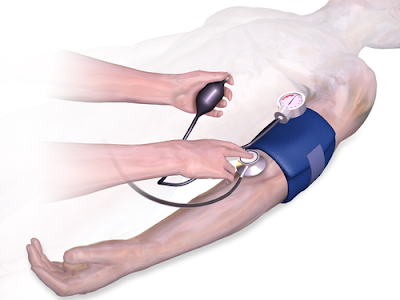Pick Prickly Pears

Plant Description
Opuntia have a few names such as prickly pear cactus, paddle cactus or nopales; the latter name is known as a famous cuisine in Mexico. Cactus have a distinct look that shows how they've adapted to their environment by substituting their stem as the main organ for photosynthesis. They have fruit on them that can be either purple, red, green, orange, or yellow as well as flowers that vary in color too and come in spring and summer.
There are two different types of spines on them. There are the large ones that are easy to see and then there are tiny, hair-like ones that are difficult to see. These are called glochids and are usually located at the base of the larger spines. They should be the ones to avoid the most, because they easily detach, launch into the skin, and only can be pulled out by tweezers.
Opuntia species may differ from each other in size, width, and spines; but are distinguishable from other cactus by it's paddle. Cylindropuntia is an exception, because it's stems are like cylinders. Another distinguishable feature of opuntia is the cochineal beetles that can usually be seen on the pads as white fuzzy stuff. They only live off of this plant. Even though there are a lot of cactus look-a-likes that aren't even in the cactus family, none of them have those characteristics. If you're still unsure whether a cactus you found is poisonous or not, then check for white sap and that tells you that it is poisonous.
Prickly pear cactus grow everywhere. Most of them are in Mexico, and a lot are in the western hemisphere, especially in deserts. However, prickly pear cactus have been introduced to other parts of the world. They won't grow in snowy or wet places though.
Plant Uses and Edible Parts
Prickly pear fruit, pads, flowers, and seeds are all edible. The fruits and pads contain pectin. This means they can be used in jams, jellies, sauces, and to thicken soups. When harvesting the pads, the best time is in spring when they're young, because when they get old, they get too fibrous and tough to eat. You can use the pads to dice up and eat raw in a salad. You can boil them, bake them, sauté them, or dry them. Just make sure you peel them and, of course, get the spikes and the glochids off.
The fruit can be used in the same way as the pads and work excellent for drinks, jams, jellies, pies, or just eating raw. The flowers can be eaten raw. Each fruit holds about 50 seeds, which can be ground into flour. They don't produce gluten, but you can always mix it with flour to make bread or use it in pie crust.
The Prickly pear cactus contains about 90% water. So if you are out in the wild, trying to survive, and need water; it's a good, hydrating plant to eat from. Though that doesn't mean that there's no flavor. The pads taste like sour green peppers and the fruit taste like watermelon combined with green peppers.
Some other uses for this plant are the cochineal beetles. They were used as a dye by Native Americans. If you don't feel like squishing bugs though, then the fruit work just as well as a dye. The spines can be used as needles, pins or toothpicks. The pads can be used as containers. Also, you can use the pads for hair conditioning. You can plant the cactus in your yard to keep out intruders. The sticky stuff you get from the pads can be used on wounds or burns. Prickly pears are known to reduce diabetes.
When harvesting prickly pear cactus, you can use either tongs or gloves with scissors. The fruit are available from mid-summer to possibly fall, depending on where you're at. Once you take it home, trim off the spikes and the glochids. Make sure you're always washing off the tools you use, because the glochids will get on them and then get on you. To harvest just the seeds, process it and strain it. From that you can dry them and ground them into flour.
Jaesi Christian is a forager and wild food cook. She hosts the Pickable Plants website. To learn more about wild plants, please visit [http://www.pickableplants.com]
Article Source: http://EzineArticles.com/?expert=Jaesi_Christian
http://EzineArticles.com/?Pick-Prickly-Pears&id=5173872


Comments